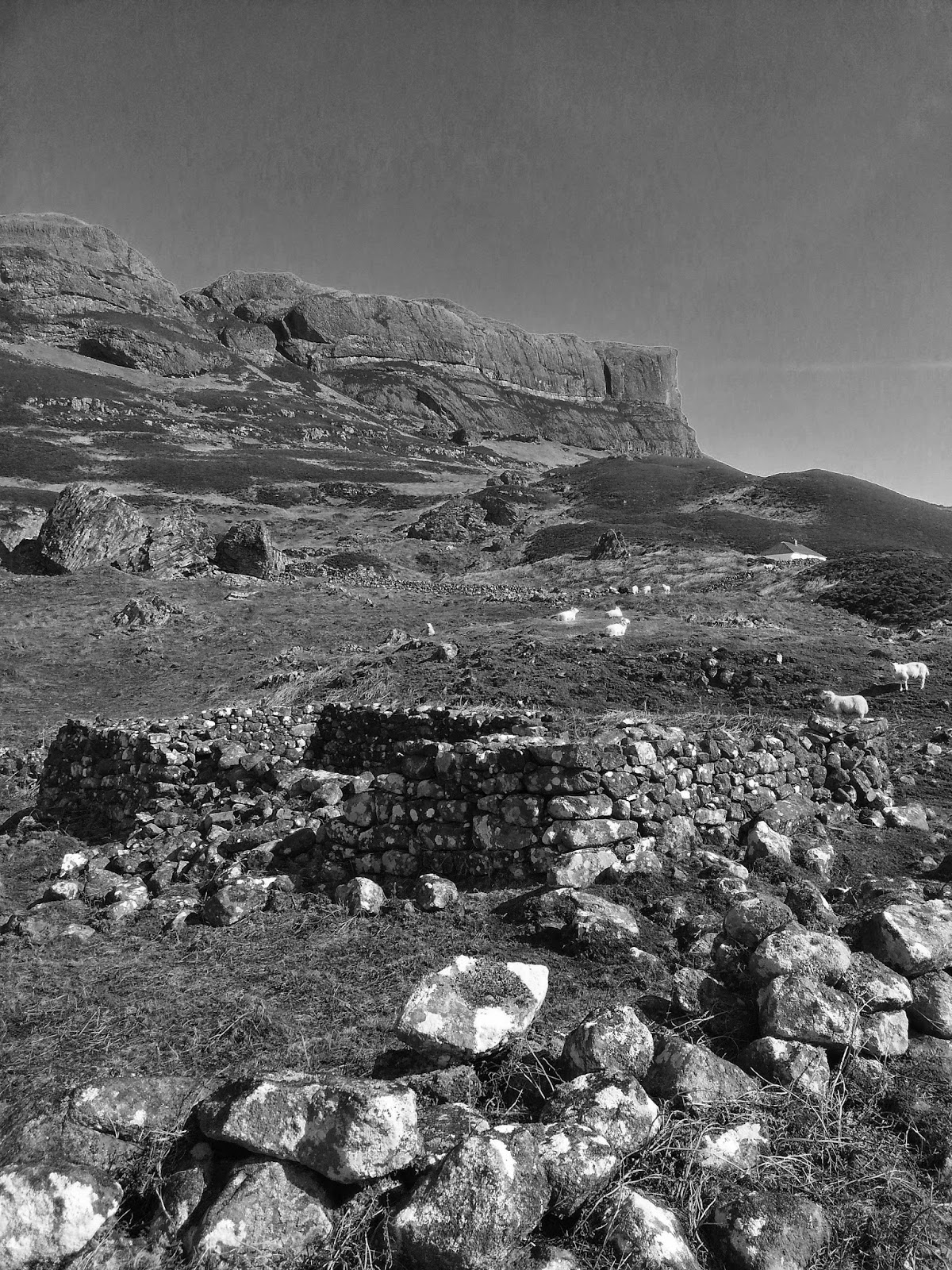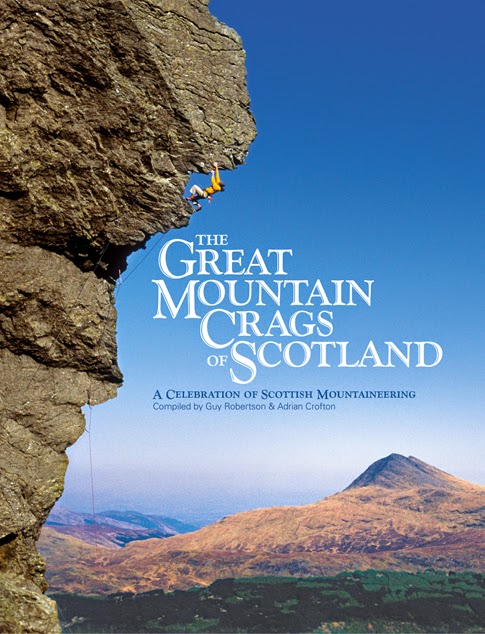Lifescapes #2 - Sound and Landscape
Sound mirrors at Denge, Dungeness
I have perched on icy ledges in a winter storm, listening to the main-sail buffeting of a wind against a large rock buttress. It creates deep booming sounds on impact and surreal whistles and songs as it howls through fingered gaps in the shattered rock rims of corries. There is a high lonely corrie to the east of the summit of Ben Dorainn called Coire Chrutein ('Hollow of the Harps') with a rocky wall called Feadan Garbh ('rough chanter') which perfectly captures the suggested soundscape of a mountain in a storm, and this aural presence to a place often needs extreme weather for us to be conscious of it, yet it is always a present and often subtle informant of place and feeling. Of course, we are all familiar with more gentle sounds of summer such as rills and burns tinkling over rock-steps, or larks improvising their jazzy song in deep blue skies, but it belies the rules that when 'looking' at landscape we take for granted the rich soundscapes that colour our impressions and memory.
Sound and stone are rarely twinned but in prehistoric times this was more common and the many examples of 'musical stones' around the world, such as at Mudgal in India (below), show that landscape is enhanced by sound especially if it is seen as 'hidden' or or special, so you can see why it became ritualised or revered as something otherworldly or in the spiritual realm, rather than the everyday.
Currently, a project at Huddersfield University, run by Rupert Till, is studying the sound architecture of ancient monuments such as Stonehenge, suggesting they had an aural ritual purpose, with harmonics and repetitive echoing rhythms an integral part of their design. The sound clips recorded here are indeed impressive. Could this interpretation be extended to the Stones of Stenness on Orkney, or even the Callanish complex in Lewis?
This is a growing area of enquiry known as 'soundscape ecology' and the natural geological sounds I refer to above can be classed rather musically as 'geophony'. For more read here.



